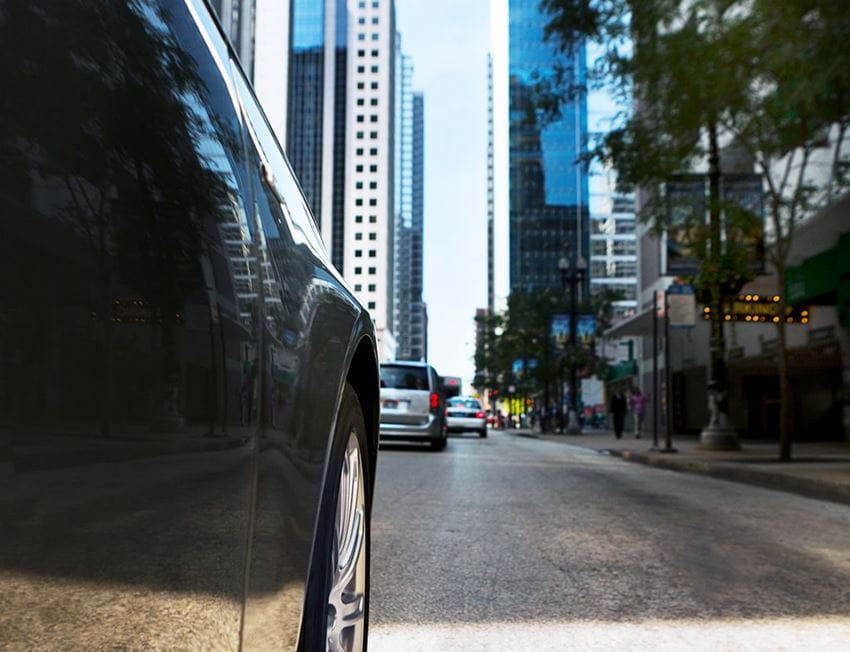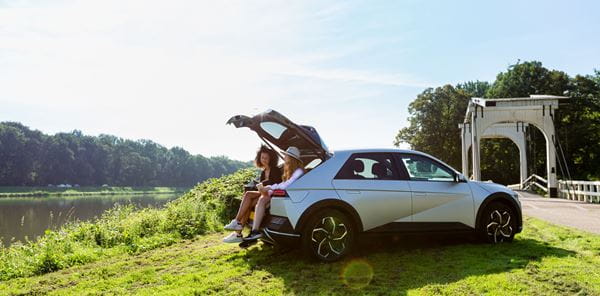
Low-emission zones to become increasingly stringent in coming years
The standards for the low-emission zones in Brussels, Antwerp and Ghent are getting stricter and stricter, and this is also affecting the vehicle market. From 1 January 2025, the Brussels Capital Region will no longer allow Euro 5 diesel vehicles in the 19 Brussels municipalities. Anyone who does enter the city with a "polluting" vehicle risks a hefty fine. We give you an overview of the low-emission rules in Belgium.
By introducing low-emission zones, cities aim to keep the most polluting vehicles out of city centres and improve air quality for city residents. In 2017, Antwerp provided the Belgian first by declaring the area within the "Ring" a low-emission zone. A year later, Brussels imposed an emissions restriction for the entire Capital Region. In 2020, obsolete vehicles were also banned from the inner city of Ghent.
Increasingly strict standards in big cities
Within the low-emission zones in Antwerp and Ghent, you will no longer be welcome with a Euro 5 diesel from 1 January 2026. Petrol vehicles with Euro 2 standards or lower will also no longer be allowed to enter the LEZ. In Brussels, this rule even goes into effect from 1 January 2025. Older diesel vehicles without particulate filters are particularly targeted because they emit more unhealthy substances such as particulates, soot and NOx. The target for 2035 is clear: only passenger cars and vans with zero emissions will then be allowed to enter the LEZ.
Brussels differs slightly from Antwerp and Ghent The new standards are similar in Antwerp and Ghent. However, Brussels is slightly stricter for polluting vehicles. Thus, in Antwerp and Ghent, you can still enter the city until 31 December 2025 with a petrol, LPG, or CNG car from Euro 2 and with a diesel car from Euro 4. In Brussels, this is only possible until 31 December 2024. If you still want to enter the city with your 'polluting' vehicle, you can buy a day pass in the three cities. This costs 35 euros per day and can be purchased up to 8 times per year and per vehicle.
Wallonia goes one step further From 1 January 2025, the whole of Wallonia will become an LEZ. Vehicles with a Euronorm 3, produced before 1996, will no longer be allowed on the road there if they travel more than 3,000 kilometres annually. This policy is an initiative of the Walloon government and will apply throughout the region.
Hefty fines for those ignoring the LEZ Anyone who enters the city with an outdated vehicle and did not purchase a day pass can expect a hefty fine. In Brussels, offenders pay 350 euros. In Antwerp, those who do not obey the rules will pay 150 euros a first time. If a second or third offence is detected within the 12 months, the fine can rise to 350 euros.
The city of Ghent is slightly more forgiving. There, you pay 150 euros per offence. Compliance with the low-emission zone is monitored by intelligent ANPR cameras. These scan the number plates of all vehicles entering the zone. So the chances of violators being caught are virtually 100 per cent.
Even stricter in the future
In the future, the standards of low-emission zones will become even stricter. From 2030, for instance, Brussels will no longer allow even the latest Euro 6 diesel vehicles, unless with a day pass. What Ghent and Antwerp will do is currently unclear. Plug-in hybrid diesel vehicles with CO2 emissions above 50 grams per kilometre will also be subject to the same standards as regular diesel vehicles in Brussels. In Antwerp and Ghent, plug-in hybrids will still be allowed until 2028. You can apply for an exception for certain vehicles, such as vehicles officially registered as oldtimers.
The future is electric By introducing low-emission zones, cities want to keep the most polluting vehicles out of city centres. If you want to be 100% sure you can take your vehicle into town, an EV is of course the ideal solution. Several cities are therefore investing heavily in charging stations and parking spaces for EVs.
Remarkably, Flanders in particular is investing heavily in charging infrastructure. Wallonia today has 3,300 charging points, Brussels 2,800 and Flanders already 21,000! The Flemish government is also making the case that there will be as many as 35,000 charging stations by 2025. That means Flanders will have one charging point for every 10 electric vehicles by then. Not bad!
Download our whitepaper with all the info on inspections, exemptions and an even more comprehensive overview of the rules per city.




